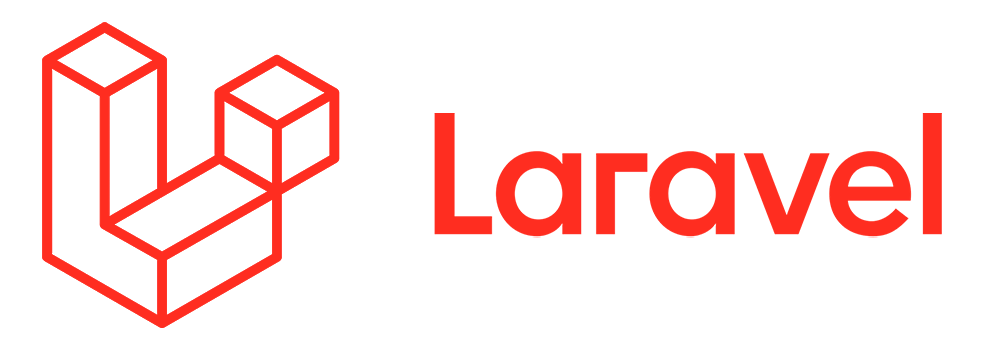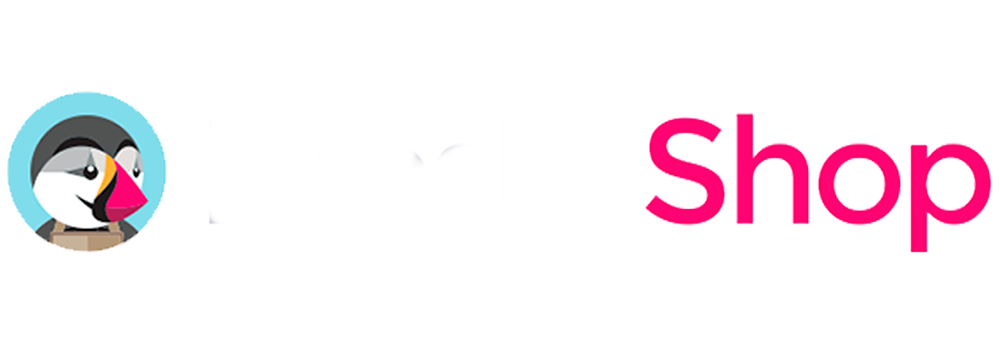The SaaS business model has gained huge popularity these days. Different sizes and types of businesses are choosing to invest in SaaS application development.
Launching a SaaS application is a cost-effective way for businesses to launch their venture online that also without managing physical infrastructure.
However, app development is not as easy as eating a cake, there are numerous aspects that you need to consider. Want to know which are those?
Read a comprehensive guide about SaaS application development to find everything from start to end.
What is SaaS?
Software as a Service is a licensed-based model. Business owners must pay subscription charges to purchase a license to use the software that eases their operations. Organizations don’t have to manage the storage, infrastructure, and platform with SaaS.
If you are looking to invest in SaaS application development, Professional Designers can be your partner. Check more about our service: https://professionaldesigners.ch/en/development-studio/saas-development/
Why SaaS Apps Are the Best Options for Your Business?
SaaS applications offer numerous benefits for businesses, making them a popular choice across various industries. There are a lot of benefits of SaaS application, these include:
Cost-Effectiveness
Business owners spend 23% of their total software budget on SaaS applications. This app provides a cost-effective alternative to traditional models, eliminating the need for upfront investments. This allows businesses to redirect resources to core operations and innovation.
Scalability
The scalability of SaaS apps allows businesses to adapt to changing requirements easily.
Reports show that 74% of businesses believe that scalability is a critical factor in choosing this solution type. Whether expanding or contracting, SaaS apps can seamlessly accommodate varying workloads, ensuring optimal performance.
Accessibility and Mobility
By 2023, more than 75% of all software providers will include SaaS options in their portfolios. With SaaS, users can access apps from any location with an internet connection. This provides flexibility, enabling remote work scenarios and empowering businesses to operate beyond the constraints of physical offices.
Automatic Updates & Rapid Deployment
SaaS providers handle maintenance and updates, ensuring that users always have access to the latest features and security patches. This automatic updating mechanism decreases the burden on internal IT teams.
SaaS apps can be deployed swiftly, reducing time-to-market. This agility is particularly advantageous in dynamic business environments where quick adaptation to trends is crucial for staying competitive.
Collaboration and Integration
More than 73% of companies use 10+ SaaS apps, emphasizing the integration capabilities of these tools. These apps often excel in facilitating collaboration by seamlessly integrating with other tools. This promotes efficiency and communication across different departments, fostering a more connected and productive work environment.
Security
SaaS providers invest heavily in robust security measures to protect user data. The centralized security infrastructure often surpasses what individual businesses can implement, providing a secure environment for sensitive information.
Pay for What You Use
The subscription model of SaaS aligns with the pay-as-you-go approach, allowing businesses to pay only for the services they use. This flexible pricing model contributes to cost optimization and budget predictability.
Data Analytics & Insights
IDC report shows that almost 70% of SaaS apps will be open to data from other apps by 2023, enabling businesses to derive more value from their data.
SaaS apps provide valuable data analytics and insights, empowering businesses to make informed decisions. The ability to derive actionable intelligence from data enhances strategic planning and operational efficiency.
Customer Support
Robust customer support is a hallmark of SaaS providers. With features like live chat and dedicated helpdesk services, businesses can ensure that their teams have the support they need, fostering a positive user experience.
Different Stages of SaaS Application Development: What to Consider?
The SaaS app development process involves lots of distinct stages, each has its own set of considerations. Understanding and effectively navigating these stages is crucial for the successful creation and deployment of a robust SaaS solution. Here’s an overview of the different stages and key considerations at each step:
Conceptualization and Planning
In the initial stage of SaaS application development, meticulous conceptualization and planning are essential. This involves identifying the problem your SaaS app will address, conducting thorough market research to understand your target audience and competitors, and assessing the feasibility of the project. A comprehensive feasibility study should encompass technical, financial, and resource considerations.
Design and Architecture
Once the concept is solidified, the design and architecture phase comes into play. Clearly defining the features and scope of your SaaS application is crucial, as is choosing an appropriate technology stack that aligns with scalability, security, and development requirements.
User Experience (UX) design takes center stage during this phase, involving the creation of wireframes and prototypes to ensure an intuitive and user-friendly interface.
Development
The development phase focuses on bringing the conceptualized ideas to life. Prioritizing features for the Minimum Viable Product (MVP) helps expedite time-to-market.
Robust data security measures, including encryption for sensitive information, are implemented, and the architecture is designed with scalability in mind to accommodate potential growth.
Testing
A comprehensive testing phase follows development, encompassing unit testing, integration testing, and user acceptance testing. Thorough testing is imperative to ensure the stability and reliability of the SaaS application. Any identified bugs are promptly addressed to maintain a high-quality user experience.
Deployment
Deployment involves selecting a reliable hosting provider, implementing Continuous Integration/Continuous Deployment (CI/CD) pipelines for automated testing and deployment, and setting up monitoring tools to track performance and address issues in real time. This phase ensures a smooth transition from development to a live, operational environment.
Launch
Pre-launch efforts include building anticipation through a compelling landing page and marketing initiatives. User onboarding becomes a priority, with the provision of tutorials and guides to facilitate a seamless introduction to the SaaS application. Robust customer support is crucial during the initial launch phase to address any user queries or concerns.
Post-Launch & Maintenance
Post-launch, collecting and analyzing user feedback becomes integral to ongoing improvements.
Regular updates, including the introduction of new features and security patches, are essential for maintaining a competitive edge. Marketing strategies are implemented to attract new users, and partnerships may be considered for expansion.
Legal Considerations
Legal considerations involve the development of clear terms of service and privacy policies. Additionally, the protection of intellectual property through patents or trademarks is a crucial aspect that should be considered.
Monetization
The monetization phase involves choosing a suitable pricing model aligned with business goals. Secure payment gateways are implemented for smooth subscription management.
Customer Support & Analytics
Establishing a robust helpdesk for customer support and fostering a user community for knowledge sharing are crucial components. Analytics tools are implemented to track user behavior and derive actionable insights, facilitating informed decision-making.
Empowering Businesses: Navigating the SaaS Revolution with Development Services!
The comprehensive guide to SaaS application development highlights the transformative power of this model for businesses. From cost-effectiveness to scalability and robust security, SaaS applications offer a myriad of benefits. Understanding the stages of development is crucial for success in this dynamic landscape.
As businesses embrace the SaaS revolution, it’s worth noting that Professional Designers stand ready to provide app development services at pocket-friendly prices, catering to businesses of all sizes and types. This ensures that the advantages of SaaS are accessible to everyone, fostering innovation and efficiency in the digital era.













